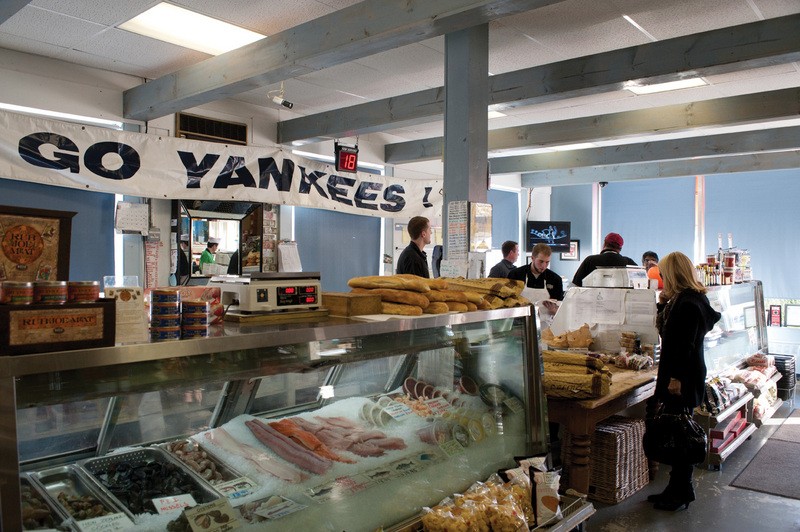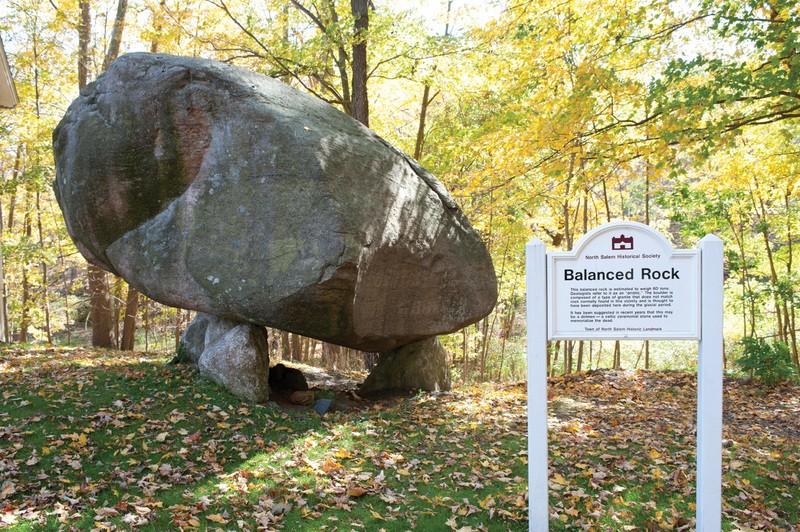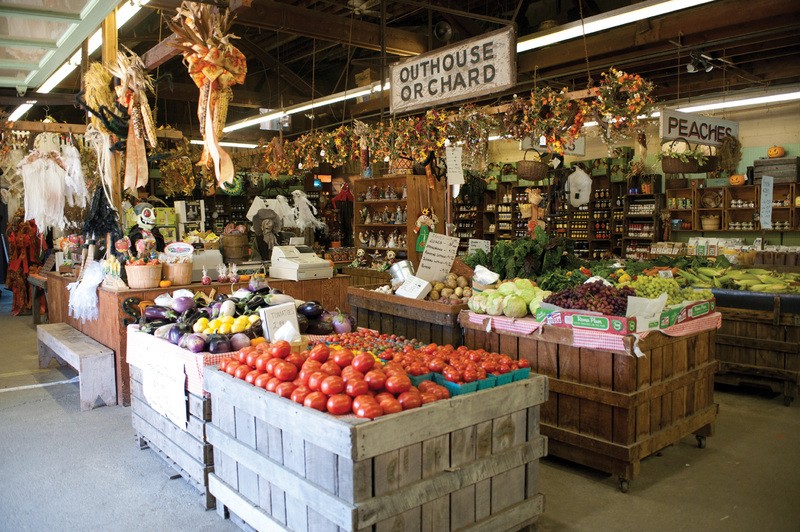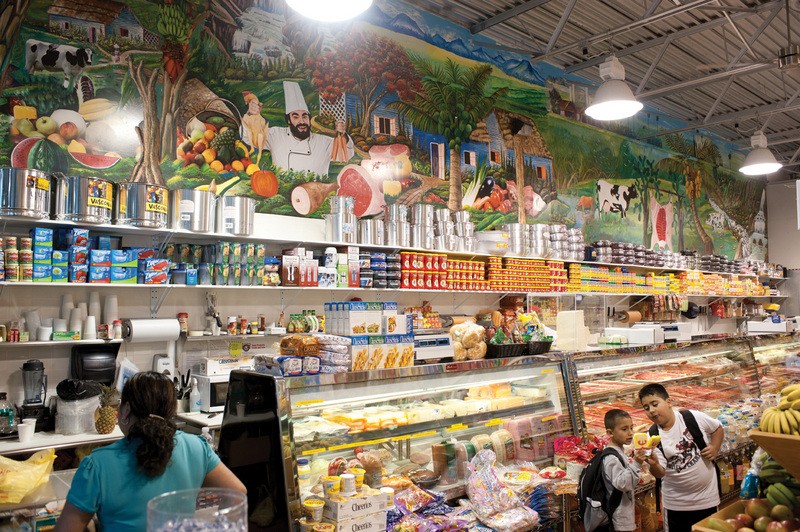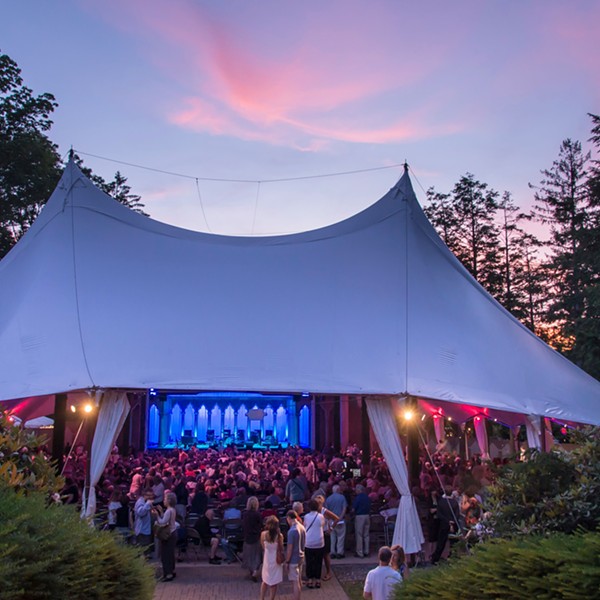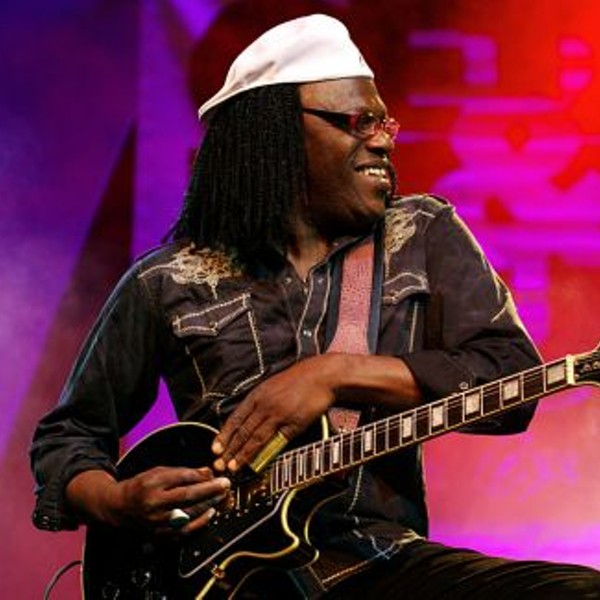Wealth and notoriety are two things that come to mind when you think of places like Manhattan or Greenwich, Connecticut. Westchester County might come to mind too, especially the town of Bedford, which includes the hamlets of Katonah and Bedford Hills, and once included Mount Kisco. These areas are well known for their rich and famous residents. Bedford has boasted Martha Stewart, George Soros, and Glenn Close, and Richard Gere owns and operates the Bedford Post Inn. In spite of the money and glamorous names, it’s impossible to ignore the real reasons why such people would be drawn to call the area home. With a deep sense of history, significant landmarks, top-notch cultural institutions, and progressive restaurants, it’s no wonder why the area is such desirable a place to live.
Bedford Beginnings
Bedford was founded in 1680 by a group of 22 men from Stamford, Connecicut. The original settlement was considered part of the state of Connecticut until 1700, when the king of England declared it part of New York when resolving a boundary debate. Today, the Town of Bedford is composed of three hamlets—Katonah, named for the Native American chief the land was purchased from; Bedford Hills, known as Bedford Station until 1910; and Bedford Village, the center of the original settlement that was burned by the British during the Revolutionary War and today is home to a number of historically notable sites. Mount Kisco was once a part of Bedford, but became an independent entity in the mid 19th century.
Katonah
Ask around about Katonah, and you’ll get a variety of responses about how to define the hamlet. Artsy, some might say. Liberal. Close knit. Or a slice of Americana, as Neil Watson, the executive director of the Katonah Museum of Art and a board member of the local chamber of commerce, puts it. He lives in a home that borders the town park and community pool and says that in the summertime, the sounds of swim meets and kids jumping off the diving board transform the atmosphere of his backyard. “You feel in Katonah like there’s a ‘there’ there,” he says. “There’s very much a core, and it does extend out beyond the couple of blocks of downtown.”
Those couple of blocks of downtown do provide a lot of the character that Katonah is known for, though. Set right up against the railroad tracks, commuters and visitors can step off the train and be right in the nucleus of what’s happening. There are a number of restaurants the locals favor—Italian dishes at Peppino’s, which is located inside the historic Katonah Train Station, or the Blue Dolphin Ristorante, which serves up a variety of pasta, gnocchi, and other Italian specialties. Willy Nick’s, set directly across from the Metro-North tracks, features an eclectic menu that includes plates ranging from Lobster Mac and Cheese to Jamaican Jerk Chicken to a Tempura Green Bean appetizer. All three restaurants, set right on Katonah Avenue, provide an ideal starting point to exploring the other shops that reside downtown.
One notable feature about the hamlet is its architecture, which is unmistakably Victorian. Bedford town historian John Stockbridge says that the uniform nature of the architecture is one aspect that makes Katonah unique, and it’s for a very interesting reason. In the late 19th century, New York City’s need to increase water access for its residents forced the entire population of Katonah to move slightly south of where they were. Some of the buildings from the old Katonah were hitched to horses and oxen and transplanted in their new location. Then an entire new town of homogenous architectural style sprung up around them. Stockbridge says it’s a distinctively significant example of a classic Victorian town, since all the building occurred at about the same time.
If you’re spending a day in Katonah, don’t miss out on the cultural opportunities that exist there. The hamlet is home to both the Katonah Museum of Art and the Caramoor Center for Music and the Arts. Both are known across the country for their distinguished programs and exhibits.
Compared to other art institutions, the Katonah Museum is distinctive because it doesn’t have a permanent collection. This allows the facility to have an ever-changing, evolving list of offerings that don’t necessarily have to be tied to a central theme, says Executive Director Watson. For example, the museum has hosted shows that included such varied subjects as Buddhist art, contemporary puppet theater, and Cuba-inspired book illustrations. The museum was founded 50 years ago by a group of community volunteers and began in a library annex. Today, the Katonah Museum of Art has grown to be a nationally recognized and celebrated small museum that’s housed in a 10,000-square-foot, Edward Larrabee Barnes-designed building.
Katonah is also home to another cultural touchstone—the Caramoor Center for Music and the Arts. Caramoor was established 65 years ago by Walter and Lucie Rosen on their private estate and designed to entertain their friends and fellow arts and music lovers. Their music events paved the way for today’s massive summer music festival, which brings 25,000 people into Katonah for a variety of offerings, including jazz, chamber music, opera, Latin music, and more. Since taking over as chief executive of the center in 2003, Michael Barrett has been expanding the reach of the organization. He’s concentrated on introducing more family programming, like Dancing at Dusk, a series for children, and more internationally inspired offerings, like Sonidos Latinos, which has been successfully running for four years and drawing a nontraditional audience to Caramoor.
Beyond the renowned music programs, visitors will find that the Rosen House is a treasure trove of interesting and eclectic art pieces. The sprawling Mediterranean-style estate is also set on 90 manicured acres that feature a butterfly garden that’s a popular spot for local weddings, an iris and peony garden, and a woodland garden with a path bordered by enormous cedar trees.
Bedford
If Katonah is the arts center of the town, Bedford Village and its surrounding area is the rural escape. Bedford Hills is home to the rail station that was once used by the area’s plentiful amount of dairy farmers to transport their goods down to New York City. Today, Bedford Hills is a community mostly made up of bilevels and blue collars. But follow Bedford Center Road down from the train station into the village and the more industrial side of town gives way to stone-walled estates, mature trees that arc over the road, and gorgeous countryside. The only thing more ubiquitous than the yellow-and-black horse-crossing signs are the mammoth stately homes that dot the landscape. Following this route, visitors will pass Buxton Cemetery, a historic burial ground that dates to 1788, and will wind up in the center of the village, a shopping area characterized by red brick and white window trim. It’s home to a historic post office, the Greek Revival Lounsbery building from 1906 that currently houses the Horse Connection equestrian shop, and a one-room schoolhouse from 1829 that’s nicknamed the Stone Jug.
When driving or strolling down this street or the surrounding backdrop, it’s easy to see why this place is favored by wealthy residents like Ralph Lauren and Martha Stewart. Chef Michael Williams of the Perennial Chef in Bedford Hills says that Bedford, particularly Bedford Village, is exclusive and provides a serene setting for celebrity dwellers and others with significant income. In fact, this exclusivity translates to the businesses in town as well. You’re not likely to find a Gap, a Dunkin’ Donuts, or a large chain store. Bedford is committed to protecting its distinctive atmosphere and rural ambiance. Williams says he even feels the fact that the town won’t install a sewer system—even though it’s one of the highest taxed in the country—is a kind of purposeful barrier that keeps Bedford from expanding too much, or brining in certain kinds of business. At the Perennial Chef, the staff actually has to rent another space for a kitchen in the Bronx and deliver their food to the Bedford Hills location daily due to the lack of suitable spaces in town.
But according to Williams, this is exactly what Bedford wants. “[Bedford residents don’t] like change, they like things the way they are,” he says. “It’s like an area frozen in time. That is a top priority, maintaining the environmental balance of what’s happening. They’re strict about people adding on additions to their homes, with new construction, with cutting down trees. I think people move to Bedford because of that reason—that things are predictable.”
Interestingly, Bedford possesses a similar characteristic to Katonah in the integrity of its architecture. Although none of the original architecture of the initial settlement survived the British burning during the war, the rebuilding that occurred afterward also gives it a feel consistent with the time of the late 18th and early 19th centuries.
Mount Kisco
Once a part of Bedford, Mount Kisco eventually separated into its own town and is small in comparison. This diminutiveness condensed the population, says former Mount Kisco Mayor Ferdinand Vetare, and created a more urban area. “Mount Kisco is only three square miles as opposed to 36 in Bedford,” he says. “We’re squeezed—we’re more of an urbanized concept of living as opposed to Bedford and Katonah. Being urbanized also had an impact on transportation from New York City. The railroad came up through Mount Kisco, and the railroad was very important to the development here. The Saw Mill [Parkway] also came up through town, and Mount Kisco became a nexus for so many different traveling and transportation systems.”
Mount Kisco tends to have more in common with Bedford Hills—it’s a bit more proletarian, and a bit more industrial. It’s also changing demographically, drawing an increasingly immigrant population, particularly of Hispanic origin. La Marqueta, a market devoted to fresh produce, meats, and Latin-inspired grocery items, opened just over a year ago in response to this. Raquel Cueto, the store manager, says that it’s wonderful how quickly the store became a success in town. “Besides our regular customers, who are mainly Central Americans, we get other types of customers from other parts of the world, and they love our store,” Cueto says.
When it comes to food and multiple cultures, to say Mount Kisco is a mix is an understatement. The dining scene is probably one of the town’s star attractions. La Marqueta is actually flanked by FAB (French American Bistro), and Mango Café, a Latino-American eatery—and both restaurants have accounts with the store. Nearby one can also find island-inspired fare at Touch of Jamaica on Moger Avenue, New American cuisine at Village Social Kitchen & Bar on Main Street, or organic, farm-to-table food at the Flying Pig Restaurant on Lexington Avenue.
Something for Everyone
Whether you’re coming to admire Victorian architecture in Katonah or historic sites in Bedford Village, or to taste the varied flavors of Mount Kisco, there’s a distinct personality to discover in each of these Westchester areas.








